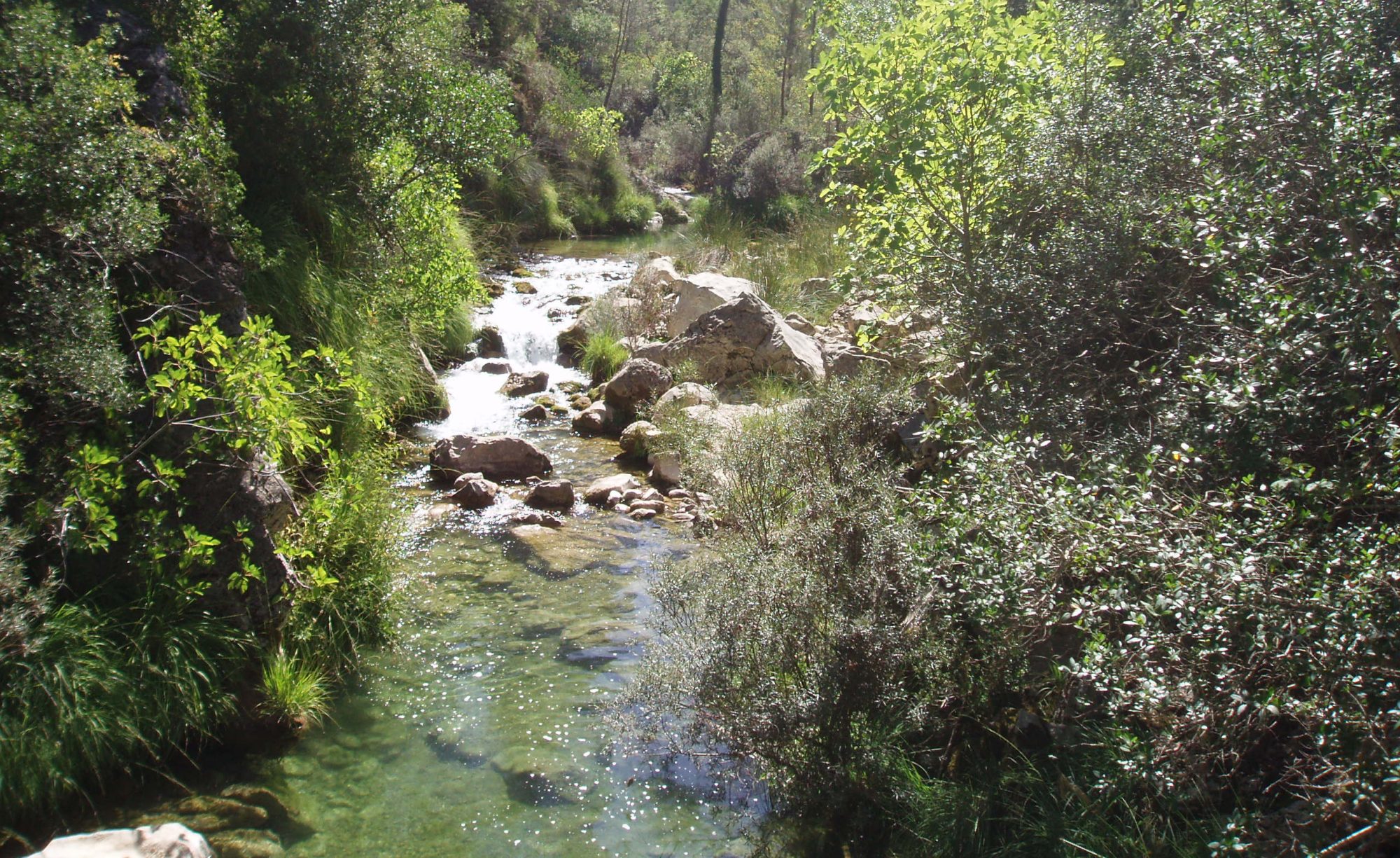We are developing multiscale models to describe cellular dynamics and interaction with the environment. Applied to biofilm formation, we have been able to explain the emergence of filamentary structures in medical flow circuits using discrete rod models, as well as wrinkled patterns on surfaces exploiting Foppl-Von Karman descriptions for sheets. Coupling agent based immersed boundary descriptions of bacteria with models of cellular metabolism fitted to data on the action of drugs, we have been able to simulate the action of antibiotics on their structure. Working with Voronoi representations of epithelial monolayers, we have simulated invasion by malignant cells and applied topological data analysis to the automatic characterization of interfaces of healthy/malignant cellular populations. We are using clustering techniques and topological data analysis to explore data from immune disorders and gene expression.

Previous work in this field fitted oscillator models to describe quantitatively and qualitatively recent experiments of protein unfolding and refolding by means of wavefront analysis. Earlier, we characterized propagation failure of nerve impulses along myelinated nerves in discrete Fitz-Hugh Nagumo and Hodgkin-Huxley type models by a similar discrete wavefront analysis.
| Two-fluid variable length model for cell crawling, R. González-Albaladejo, F. Ziebert, A. Carpio, in C. Parés et al. (eds.), Hyperbolic Problems: Theory, Numerics, Applications. Volume II, SEMA SIMAI Springer Series 35, Springer Nature Switzerland AG 2024 pdf Analysis of a two phase flow model of biofilm spread, A. Carpio, G. Duro, Nonlinear Analysis 224, 113538, 2024 [pdf] [arxiv] Well posedness of fluid-solid mixture models for biofilm spread, A. Carpio, G. Duro, Applied Mathematical Modelling 124, 64-85, 2023 [pdf] [arxiv] Scale free chaos in the confined Vicsek flocking model, R. González-Albaladejo, A. Carpio, L.L. Bonilla, Physical Review E 107, 014209, 2023 [pdf] [arxiv] Pattern recognition in data as a diagnosis tool, A. Carpio, A. Simón, A. Torres, L.F. Villa, Journal of Mathematics in Industry 12, 3, 2022 [pdf][arxiv] Immersed boundary approach to biofilm spread on surfaces, A. Carpio, R. González-Albaladejo, Communications in Computational Physics 31(1), 257-292, 2022 [pdf] [arxiv] Positivity preserving high order schemes for kinetic models of angiogenesis, A. Carpio, E. Cebrián, International Journal on Nonlinear Sciences and Numerical Simulation 23(6), 917-929, 2022 [pdf] [arxiv] Parameter identification in epidemiological models, A. Carpio, E. Pierret, in Mathematical Analysis of Infectious Diseases (MAID 2020), P. Agarwal, J.J. Nieto, D.F.M. Torres, Eds., Chapter 7, 103-124, Elsevier 2022 [pdf] Uncertainty quantification in covid-19 spread: lockdown effects, A. Carpio, E. Pierret, Results in Physics, 35, 105375, 2022 [pdf] [arxiv] Mathematical models of the spread and consequences of the SARS-CoV-2 pandemics: Effects on health, society, industry, economics and technology, A. Micheletti, A. Araújo, N. Bubko, A. Carpio, M. Ehrhardt, Journal of Mathematics in Industry 11, 15, 2021 [pdf] Clustering methods and Bayesian inference for the analysis of the time evolution of immune disorders, A. Carpio, A. Simón, L.F. Villa, preprint arxiv 2020 [pdf] Tracking collective cell motion by topological data analysis, L.L. Bonilla, A. Carpio, C. Trenado, PLOS Computational Biology 16(12), e1008407, 2020 [pdf] [arxiv] Incorporating cellular stochasticity in solid-fluid mixture biofilm models, A. Carpio, E. Cebrián, Entropy 22(2), 188, 2020 [pdf] Fingerprints of cancer by persistent homology, A. Carpio, L.L. Bonilla, J.C. Mathews, A.R. Tannenbaum, bioRxiv 777169, 2019 [pdf] Biofilms as poroelastic materials, A. Carpio, E. Cebrián, P. Vidal, International Journal of Non-linear Mechanics 109, 1-8, 2019 [pdf] Dynamics of Pseudomonas putida biofilms in an upscale experimental framework, D.R. Espeso, E. Martínez-García, A. Carpio, V. de Lorenzo, Journal of Industrial Microbiology & Biotechnology 45, 899-911, 2018 [pdf] Biofilm mechanics and patterns, A. Carpio, E. Cebrián, D. R. Espeso, P. Vidal, in Coupled Mathematical Models for Physical and Biological Nanoscale Systems and Their Applications, Springer Proceedings in Mathematics & Statistics 232, Springer Nature 2018, [pdf] Dynamic energy budget approach to evaluate antibiotic effects on biofilms, B. Birnir, A. Carpio, E. Cebrián, P. Vidal, Communications in Nonlinear Science and Numerical Simulation 54, 70-83, 2018 [pdf] [arxiv] Stenosis triggers spread of helical Pseudomonas biofilms in cylindrical flow systems, D.R. Espeso, A. Carpio, E. Martínez-García, V. de Lorenzo, Scientific Reports 6, 27170, 2016 [pdf] Dynamics of bacterial aggregates in microflows, A. Carpio, B. Einarsson, D.R. Espeso, in Progress in Industrial Mathematics at ECMI 2014, Mathematics in Industry 22, Springer 2016 [pdf] Differential growth of wrinkled biofilms, D.R. Espeso, A. Carpio, B. Einarsson, Physical Review E 91(2), 022710, 2015 [pdf] [arxiv] Theory of force-extension curves for modular proteins and DNA hairpins, L.L. Bonilla, A. Carpio, A. Prados, Physical Review E 91(5), 052712, 2015 [pdf] [arxiv] Protein unfolding and refolding as transitions through virtual states, L.L. Bonilla, A. Carpio, A. Prados, EPL (Europhysics Letters) 108(2), 28002, 2014 [pdf] [arxiv] Sawtooth patterns in force-extension curves of biomolecules: an equilibrium-statistical-mechanics theory, A. Prados, A. Carpio, L.L. Bonilla, Physical Review E 88(1), 012704, 2013 [pdf] [arxiv] Biofilm growth on rugose surfaces, D. Rodriguez, B. Einarsson, A. Carpio, Physical Review E 86(6), 061914, 2012 [pdf] [archivo] Spin-oscillator model for the unzipping of biomolecules by mechanical force, A. Prados, A. Carpio, L.L. Bonilla, Physical Review E 86(2), 021919, 2012 [pdf] [arxiv] Propagation failure along myelinated nerves, A. Carpio, I. Peral, Journal of Nonlinear Science 21(4), 499-520, 2011 [pdf] [archivo] Asymptotic construction of pulses in the discrete Hodgkin-Huxley model for myelinated nerves, A. Carpio, Physical Review E 72(1), 011905, 2005 [pdf] [arxiv] Wave trains, self-oscillations and synchronization in discrete media, A. Carpio, Physica D-Nonlinear Phenomena 207(1-2), 117-136, 2005 [pdf] [arxiv] Pulse propagation in discrete systems of coupled excitable cells, A. Carpio, LL Bonilla, SIAM Journal on Applied Mathematics 63(2), 619-635, 2003 [pdf] [arxiv] |

